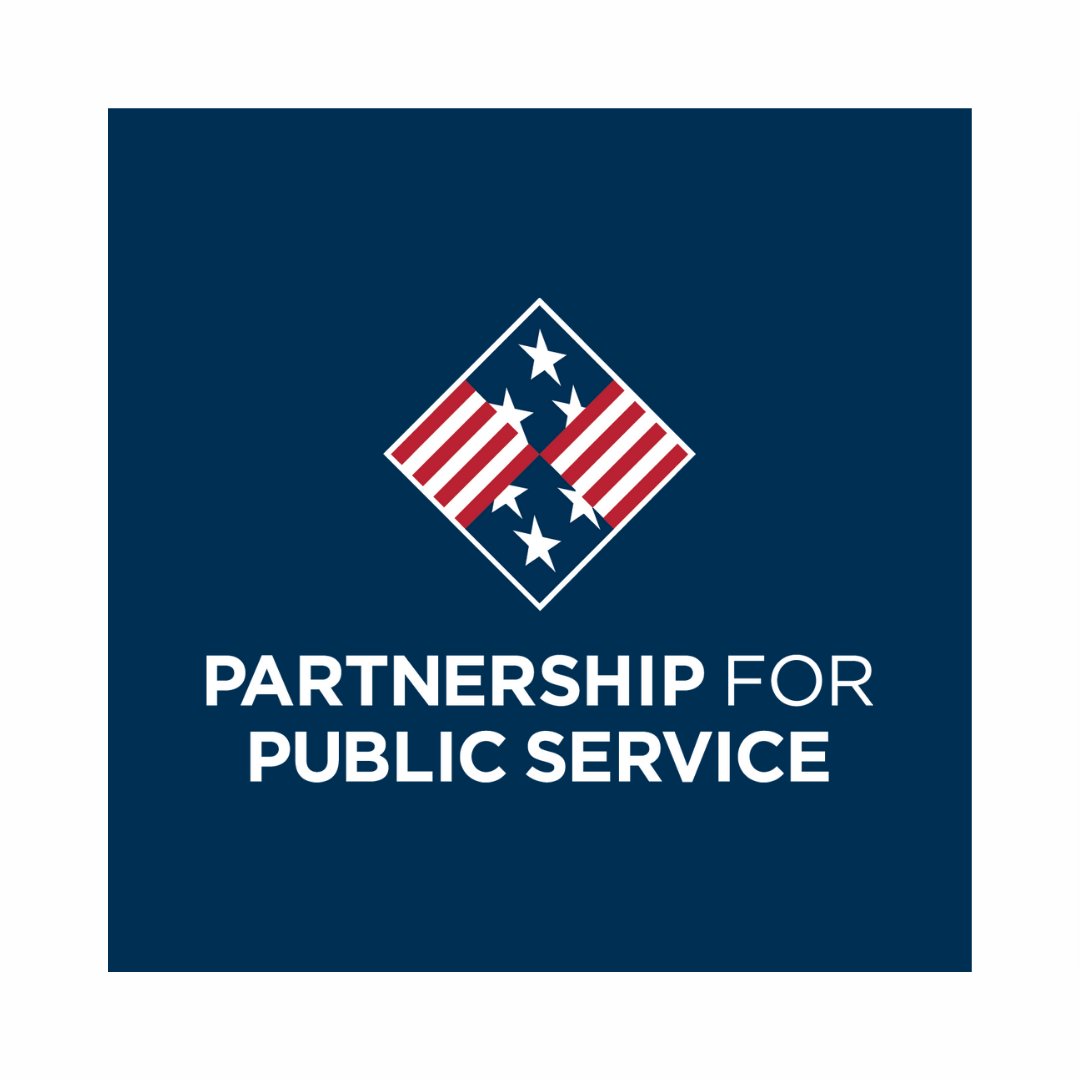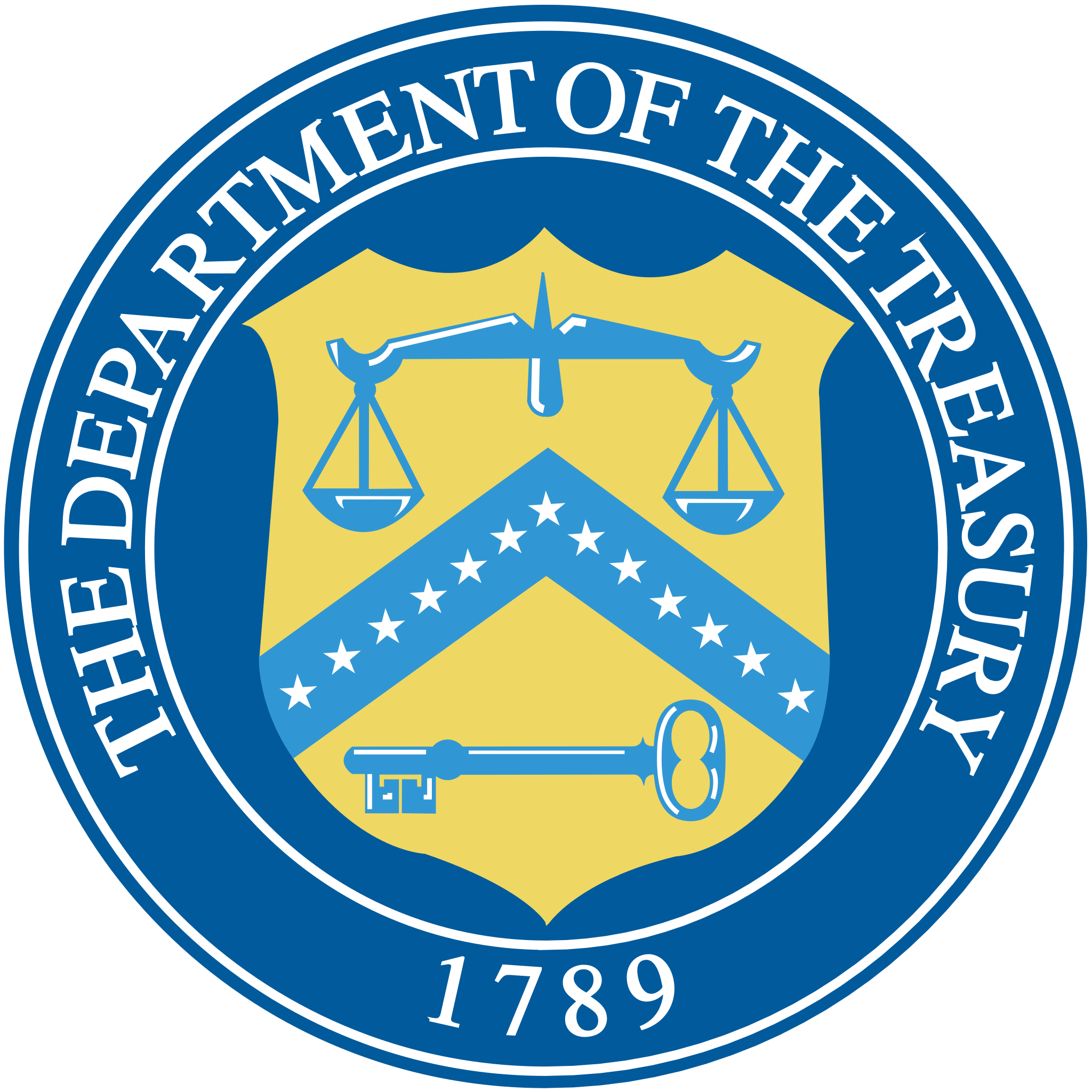
Editor’s note: The following piece was written by RFG Fellow Laura Leddy and originally published on the American Security Project’s website.
In January 2018, the Chinese government released its first Arctic policy white paper—which famously declared China a “near-Arctic state.” The American Security Project covered the white paper shortly thereafter, highlighting linkages between the proposed Polar Silk Road and China’s Belt and Road Initiative, as well as Chinese commercial interest in shipping routes, oil and mineral resources, fisheries, and tourism. The question in the ensuing years has become whether China holds ulterior motives in seeking to exploit a rapidly shifting Arctic environment.
This question is difficult to answer, since economic and military activities are inherently intertwined—especially for a one-party, authoritarian state like China. The Chinese have every legal right to utilize Arctic waterways for commercial purposes, but these activities clearly possess security implications. China’s dual approach to expanding its Arctic presence requires a similarly nuanced American response: cooperation where possible and competition when necessary.
CHINESE GOALS: BOTH ECONOMIC AND MILITARY
The Polar Silk Road exemplifies the extent to which Chinese commercial and security interests intersect in the Far North. A component of China’s Maritime Silk Road, the Polar Silk Road refers not to one specific waterway but to Chinese development of Arctic shipping lanes made increasingly accessible by climate change. One such passage is the Northern Sea Route above Siberia, which Russian President Vladimir Putin has opened to Chinese shipping (see map, below). This option cuts travel time between China and Europe by roughly a third compared with traditional routes through the Indian Ocean and Suez Canal.
Along with its economic benefits, however, the Polar Silk Road has clear security implications. The Polar Silk Road is embedded within Xi Jinping’s Belt and Road Initiative, an ambitious infrastructure project seeking to expand Chinese influence worldwide. There are concerns the “debt diplomacy” characterizing Chinese investments in parts of Asia, Africa, and Latin America will move northward—weaving a web of diplomatic and economic commitments around Arctic states. Signs of pushback are already emerging, however, with recent Chinese land purchases in Greenland, Iceland, and Norway falling apart due to local resistance.
China’s prioritization of Arctic scientific research is further evidence of its dual presence in the Far North. By engaging in international research, such as the current MOSAiC expedition, China gains both legitimate access to Arctic waterways and technical knowledge of the region’s landscape. In geopolitics, knowledge equals power—a fact made clear by BeiDou, China’s answer to America’s Global Positioning System (GPS). The Department of Defense has also warned the Chinese Navy could exploit better understanding of the Arctic environment to deploy its next generation of nuclear submarines in the region. The U.S. should cautiously pursue collaboration with the Chinese on Arctic research while keeping in mind the dual nature of scientific discovery.
TOWARD A SINO-RUSSIAN UNITED FRONT?
Western governments are increasingly concerned about the security implications of a Sino-Russian Arctic alliance. Energy collaboration is the cornerstone of this partnership: Chinese companies and government agencies invest in the Arctic activities of Russian oil and gas giants Rosneft, Gazprom, and Novatek. Novatek’s first icebreaking liquefied natural gas carrier recently completed a transport to China via the Northern Sea Route in 25 days—the earliest and fastest such eastbound voyage, and a harbinger of what will be possible as Arctic sea ice melt continues. The polar relationship between China and Russia is not currently a military one, but there are concerns that where Chinese ships go, submarines will follow.
Despite growing energy interdependence, however, Sino-Russian relations in the Far North are complex. Fiercely protective of its Arctic sovereignty, Russia was initially hesitant to grant China its Permanent Observer status on the Arctic Council. Similar concerns emerged on June 15, when Russia charged one of its Arctic scientists with treason for allegedly passing along information on submarine detection technologies to Chinese authorities. China’s desire for such information hints at long-term military ambitions in the Arctic. By cooperating with China (and Russia) where possible, however, the U.S. can exploit existing pressure points in the Sino-Russian strategic partnership—preventing energy collaboration from becoming military collaboration.
NEXT STEPS FOR THE U.S.
The military implications of China’s Arctic activities mean the U.S. must be prepared for renewed great power competition in the region. The current administration is beginning to recognize this, as evidenced by Trump’s June 9 memo calling for a new fleet of polar icebreakers. Rather than spend time and money arming these icebreakers, however, the U.S. should focus on a defensive posture emphasizing “technopolitics”: the interplay between technological achievement and geopolitical success. This would help preserve the Arctic as a zone of peace while promoting U.S. leadership in realms like domain awareness and scientific research.
To be a true Arctic leader, the U.S. must also present Scandinavian states with attractive alternatives to Chinese financing. Doing so necessitates sustained economic and diplomatic engagement. The June 10 reopening of the U.S. consulate in Nuuk, Greenland and a $12 million aid package to the territory are good starts, but more foreign direct investment and diplomatic interest will go a long way in promoting healthy economic competition with China.
It is important to recognize China’s legal right to utilize Arctic waterways. There is a clear irony, however, in China turning to international maritime agreements like the UN Convention on the Law of the Sea (UNCLOS) in the Arctic while completely flouting them in the South China Sea. It is long past time for the U.S. to ratify UNCLOS. This will allow America to speak with legal authority on China’s hypocrisy and obtain leverage in Arctic affairs as climate change accelerates the scramble for offshore and seabed resources.
UNCLOS ratification would also help the U.S. hold China accountable to the current rules-based order in the Arctic. Despite the security implications of Chinese polar ambitions, there is room for China in this order—so long as it remains law-abiding. The U.S. should prepare to compete for its Arctic interests as needed, but it should also seek to cooperate with China in areas of joint concern. Potential avenues for collaboration include: sustainable development, fisheries management, and science diplomacy. Despite the dual-use nature of Arctic research, greater Sino-American scientific collaboration would reduce the likelihood of military conflict—and help unlock the secrets of a region in the throes of climate change.






